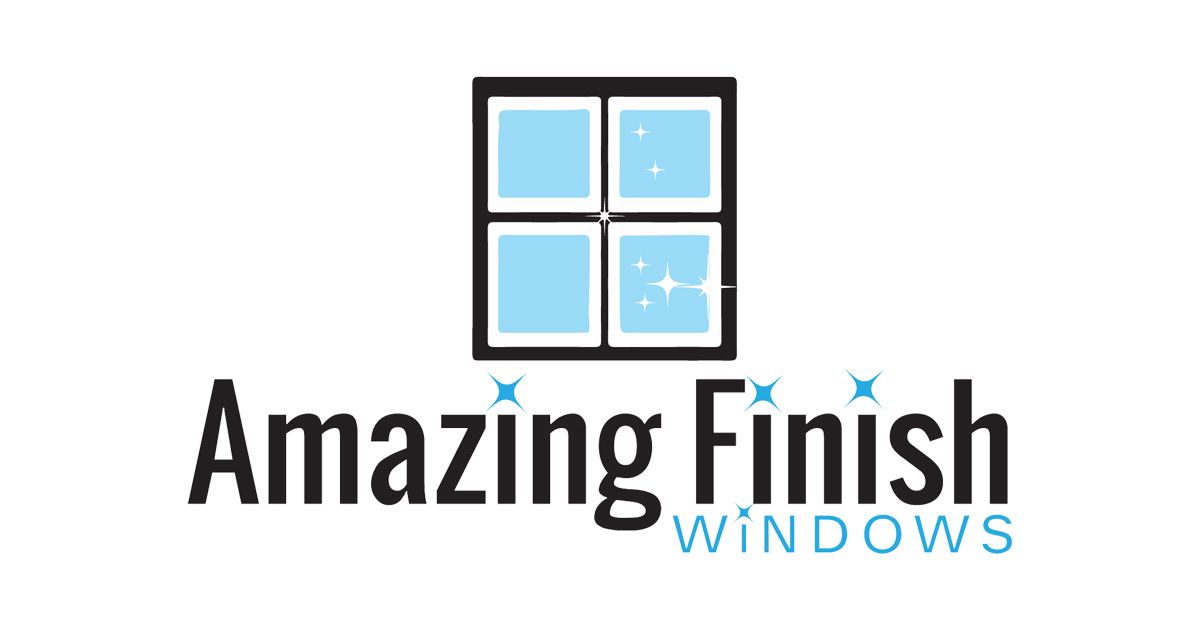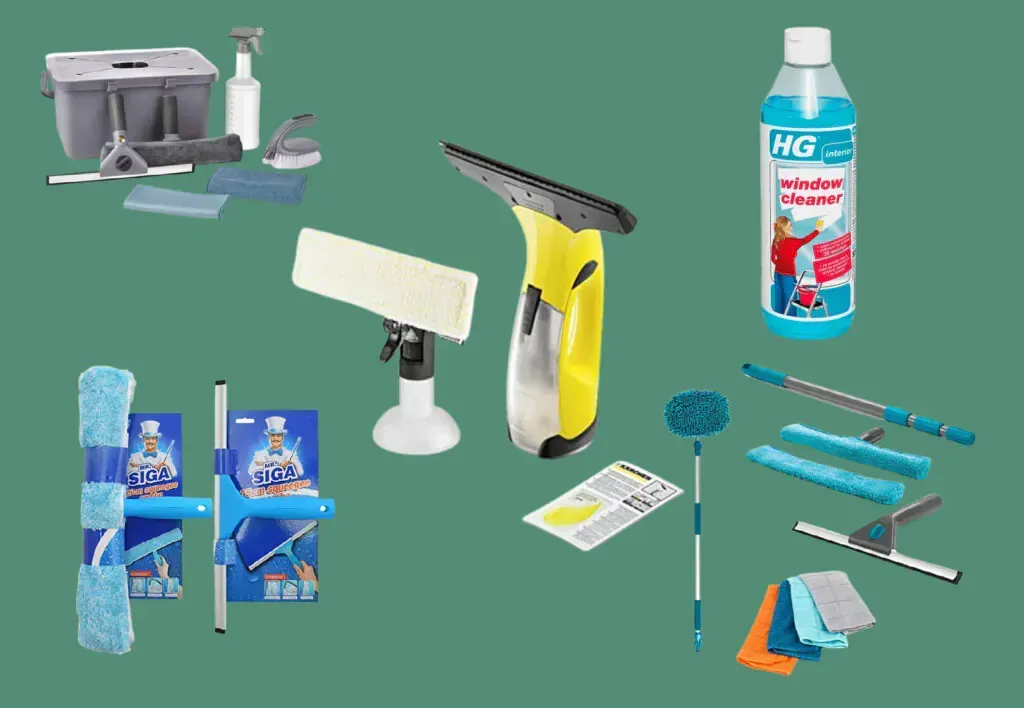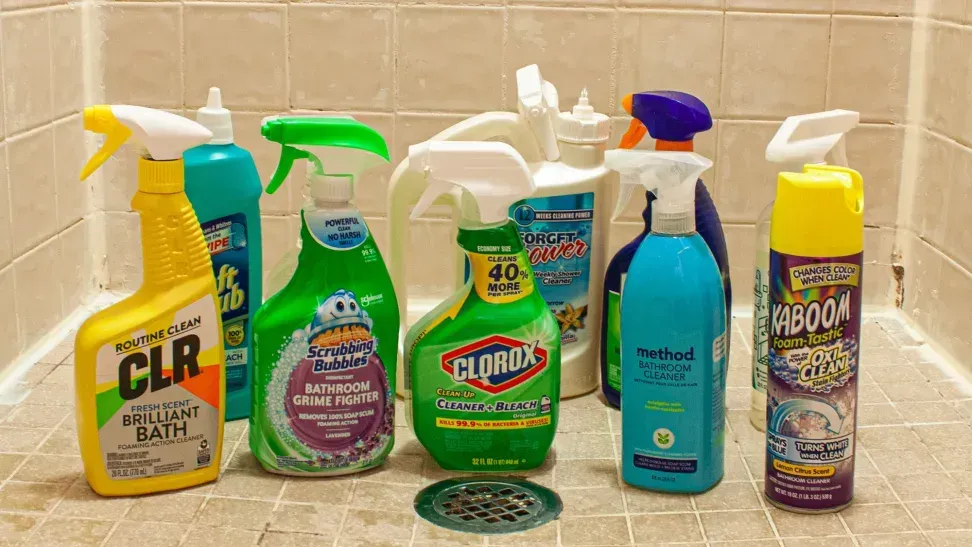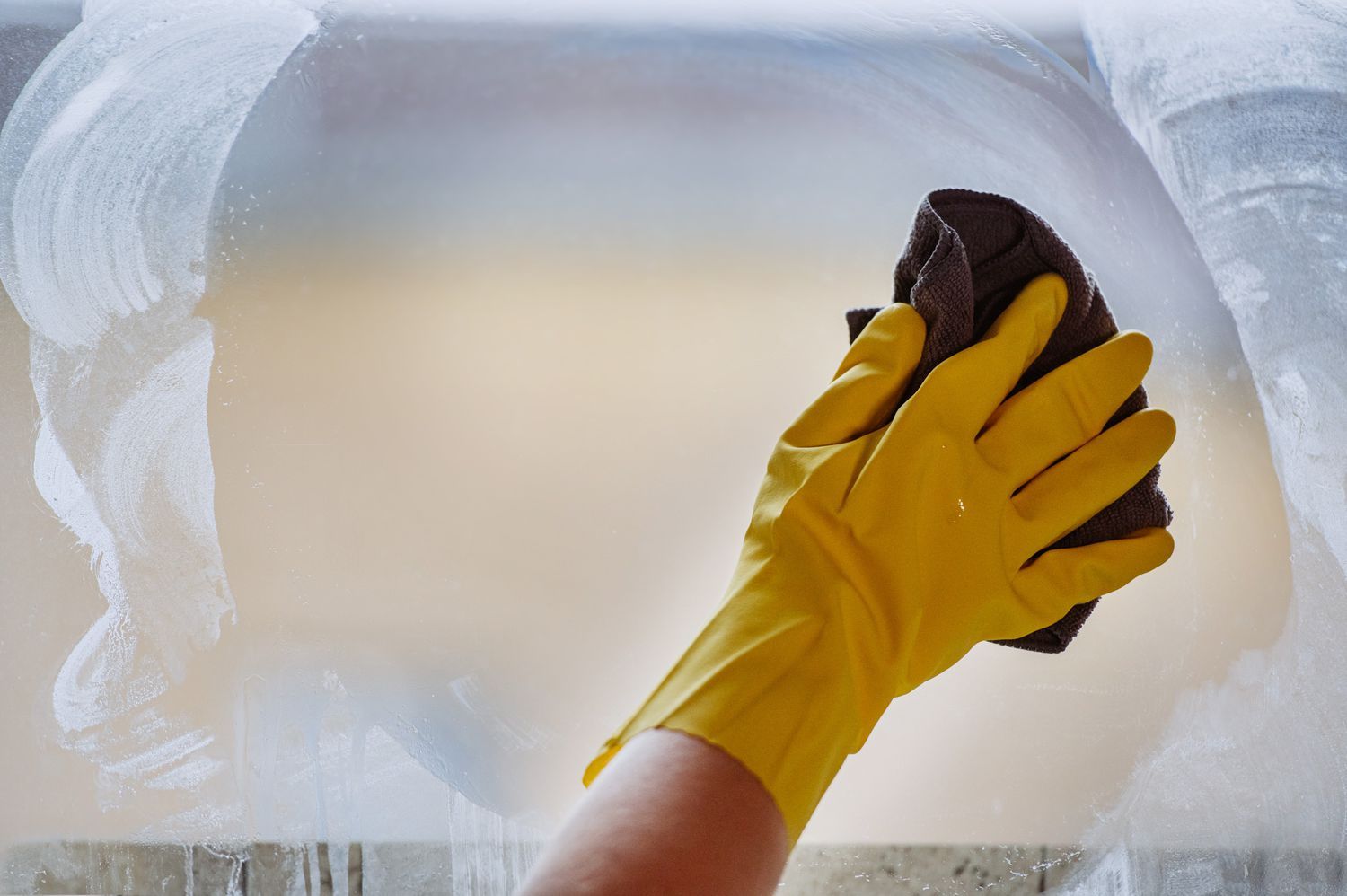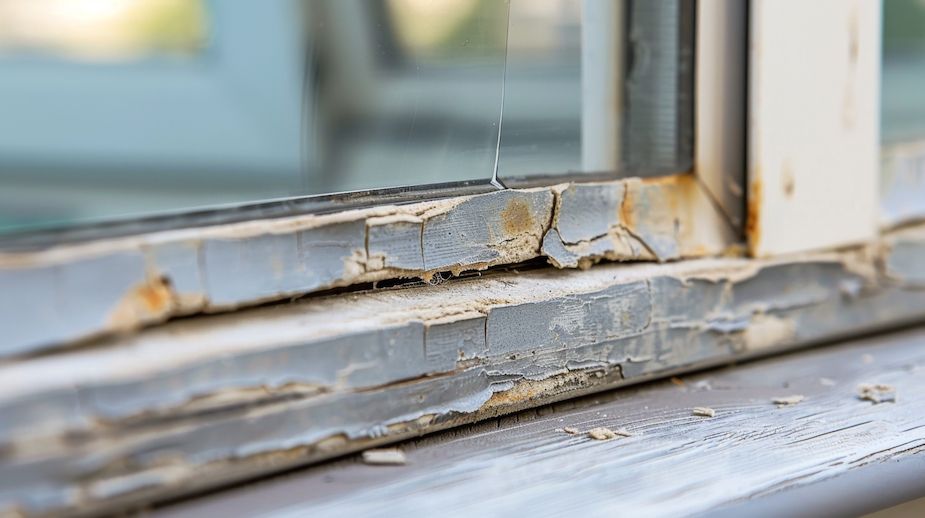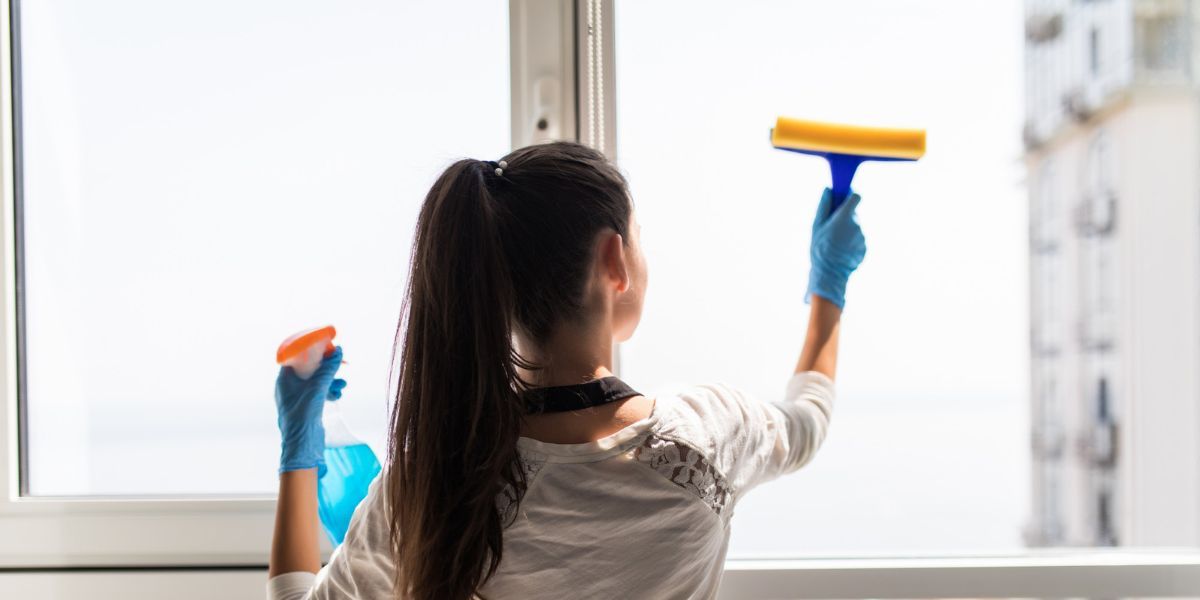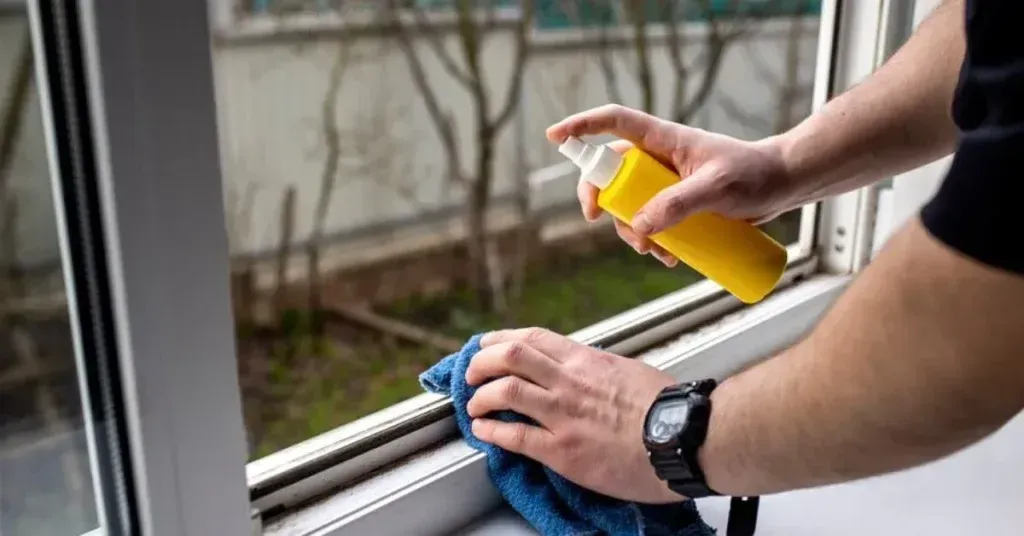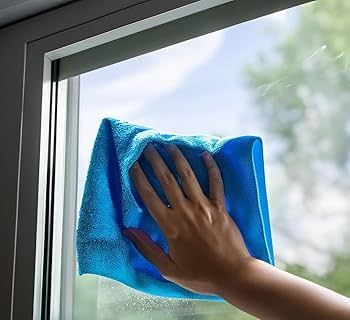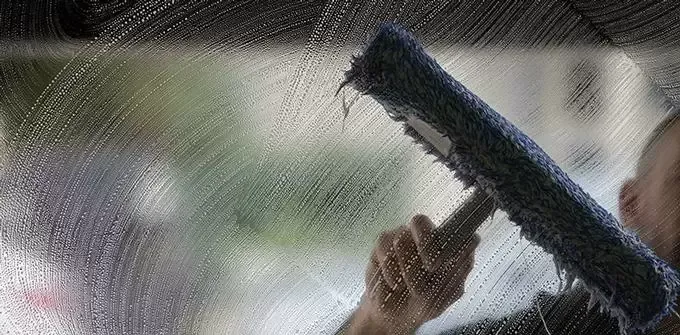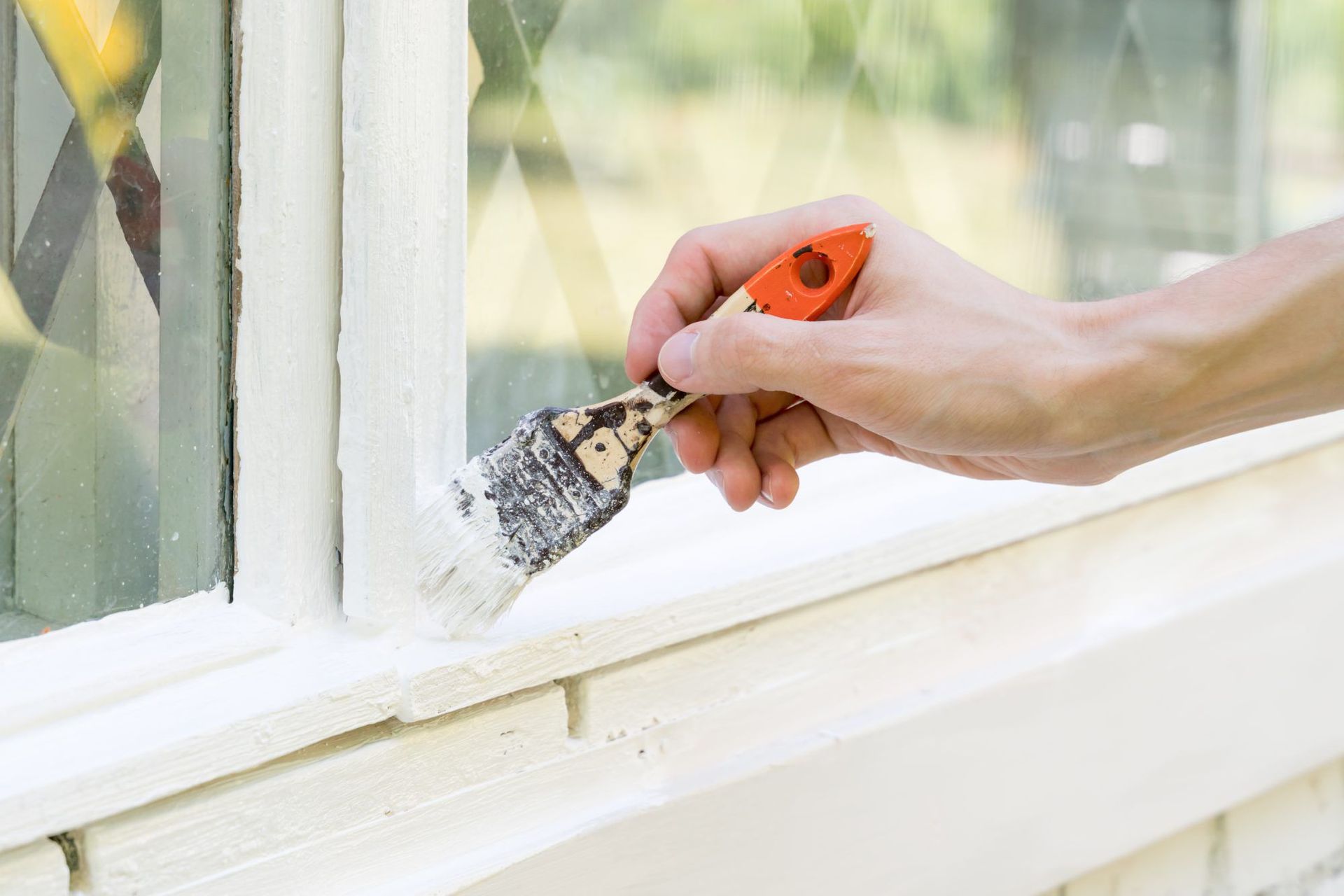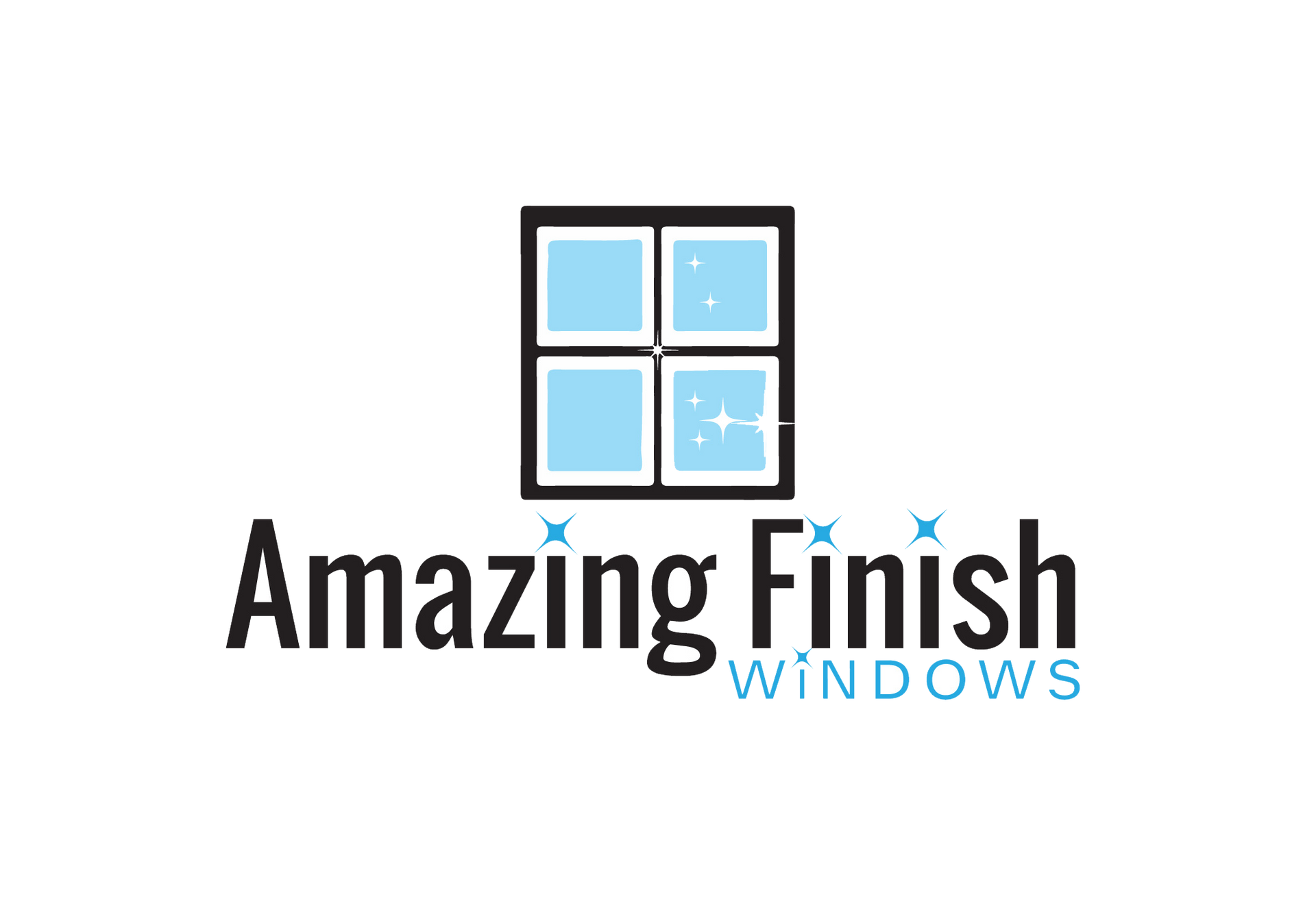Can You Use a Pressure Washer to Clean Windows?
Yes, you can use a pressure washer to clean windows, but it must be done carefully to avoid damage. Using too much pressure or the wrong nozzle can lead to cracked glass, water intrusion, and damage to window seals.
Keeping windows clean is essential for both
residential and
commercial properties. Clean windows enhance curb appeal, allow more natural light in, and extend the lifespan of the glass. While pressure washing is a common method for cleaning exterior surfaces, many wonder if it’s safe for windows. Below, we break down the pros, cons, and best practices for pressure washing windows safely and effectively.
Understanding Pressure Washing for Windows

What Is a Pressure Washer and How Does It Work?
A pressure washer is a high-powered cleaning tool that uses pressurized water to remove dirt, grime, mold, and mildew from surfaces. It is commonly used for cleaning driveways, sidewalks, and building exteriors. However, pressure washing requires caution when used on delicate surfaces like glass windows.
Power Washing vs. Pressure Washing
While the terms are often used interchangeably, power washing typically involves heated water, making it more aggressive. Pressure washing uses unheated, high-pressure water, which can still be strong enough to cause damage if not used properly.
Can Pressure Washers Be Used for Glass Windows?
While pressure washing can remove dirt and debris from windows, it comes with risks. Glass, especially older or thin-pane windows, can crack under high pressure. Additionally, pressure washing can force water behind seals and into walls, leading to leaks and mold growth.
Risks of Using a Pressure Washer on Windows:
- Glass Breakage – Excessive pressure can cause windows to crack or shatter.
- Seal Damage – High-pressure water can break window seals, leading to condensation between panes.
- Water Intrusion – Improper technique may push water into your home, causing damage.
Risks & Safety Precautions When Pressure Washing Windows
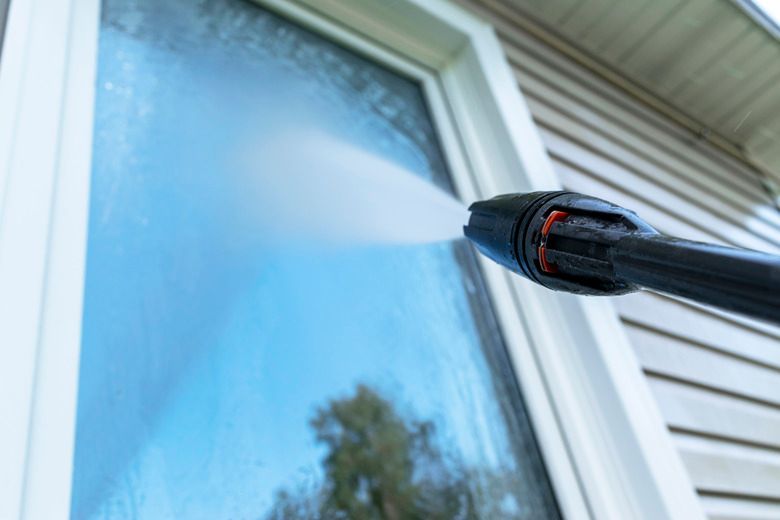
Why Using a Pressure Washer on Windows Can Be Risky
Most standard residential windows are not designed to withstand high-pressure water. If the pressure is too high, it can compromise the integrity of the glass and surrounding seals.
Preventing Water Damage from Pressure Washing
To avoid potential issues, follow these precautions:
- Use the lowest pressure setting possible (1300-2000 PSI).
- Stand at least 3 feet away from the window while spraying.
- Angle the spray downward to prevent water from getting behind seals.
- Avoid spraying directly at the edges of the window frame.
How to Safely Use a Pressure Washer for Windows
If you decide to use a pressure washer, follow these best practices:
- Choose the Right Nozzle – Use a 40-degree (wide-angle) nozzle to disperse the pressure and reduce impact.
- Adjust the PSI – Keep pressure between 1300 and 2000 PSI for residential windows.
- Use the Right Detergent – Select a window-safe cleaning solution designed for pressure washers.
- Test on a Small Area – Before pressure washing the entire window, test on a small, inconspicuous spot.
Step-by-Step Guide to Pressure Washing Windows

The Best Way to Pressure Wash Windows Without Damage
Step 1: Pre-rinse and Remove Dirt Manually
Before pressure washing, remove excess dirt and debris with a soft brush or hose to prevent scratching the glass.
Step 2: Use a Low-Pressure Setting
Set the pressure washer to the lowest effective setting (1300-2000 PSI) to minimize the risk of damage.
Step 3: Apply a Window-Safe Detergent
Use a cleaning solution specifically designed for glass and apply it using the pressure washer’s detergent attachment.
Step 4: Rinse with a Wide-Angle Nozzle
Use a 40-degree nozzle to create a gentle spray and rinse from top to bottom.
Step 5: Dry with a Squeegee or Microfiber Cloth
Remove excess water with a squeegee or microfiber cloth to prevent streaking.
Alternative Window Cleaning Methods (If Pressure Washing Isn’t Ideal)

Traditional Window Cleaning vs. Pressure Washing
If pressure washing seems too risky, consider these safer alternatives:
- Soft Washing – Uses low-pressure water and gentle cleaning solutions to remove dirt and grime.
- Squeegee and Soapy Water – A classic method that ensures streak-free cleaning.
- Vinegar and Water Solution – A natural and effective way to clean windows without chemicals.
- Hose with Spray Attachment – A less intense alternative to pressure washing for light dirt removal.
- Preventing Hard Water Stains – Instead of relying on harsh cleaning methods, take proactive steps to Prevent Hard Water Stains on Windows for long-lasting clarity.
Common FAQs About Pressure Washing Windows
Can I Use a Pressure Washer to Clean Double-Pane Windows?
It’s not recommended. The high pressure can break the seal between the panes, leading to fogging and reduced insulation.
What Type of Soap Should I Use in a Pressure Washer for Windows?
Use a mild, non-abrasive detergent specifically formulated for glass and window cleaning.
Is Soft Washing Better Than Pressure Washing for Windows?
Yes, soft washing is a safer alternative that effectively cleans windows without the risk of high-pressure damage.
Will Pressure Washing Remove Hard Water Stains from Glass?
Pressure washing alone may not remove hard water stains. Use a vinegar-based solution or specialized glass cleaner for best results.
Can High Pressure Cause Condensation Between Window Panes?
Yes, high-pressure water can break window seals, allowing moisture to accumulate between panes.
Should You Use a Pressure Washer to Clean Windows?
Using a pressure washer on windows can be effective, but it requires proper technique and caution. If done incorrectly, it can lead to costly damage. For the safest and best results, consider alternative cleaning methods like soft washing or professional window cleaning services.
